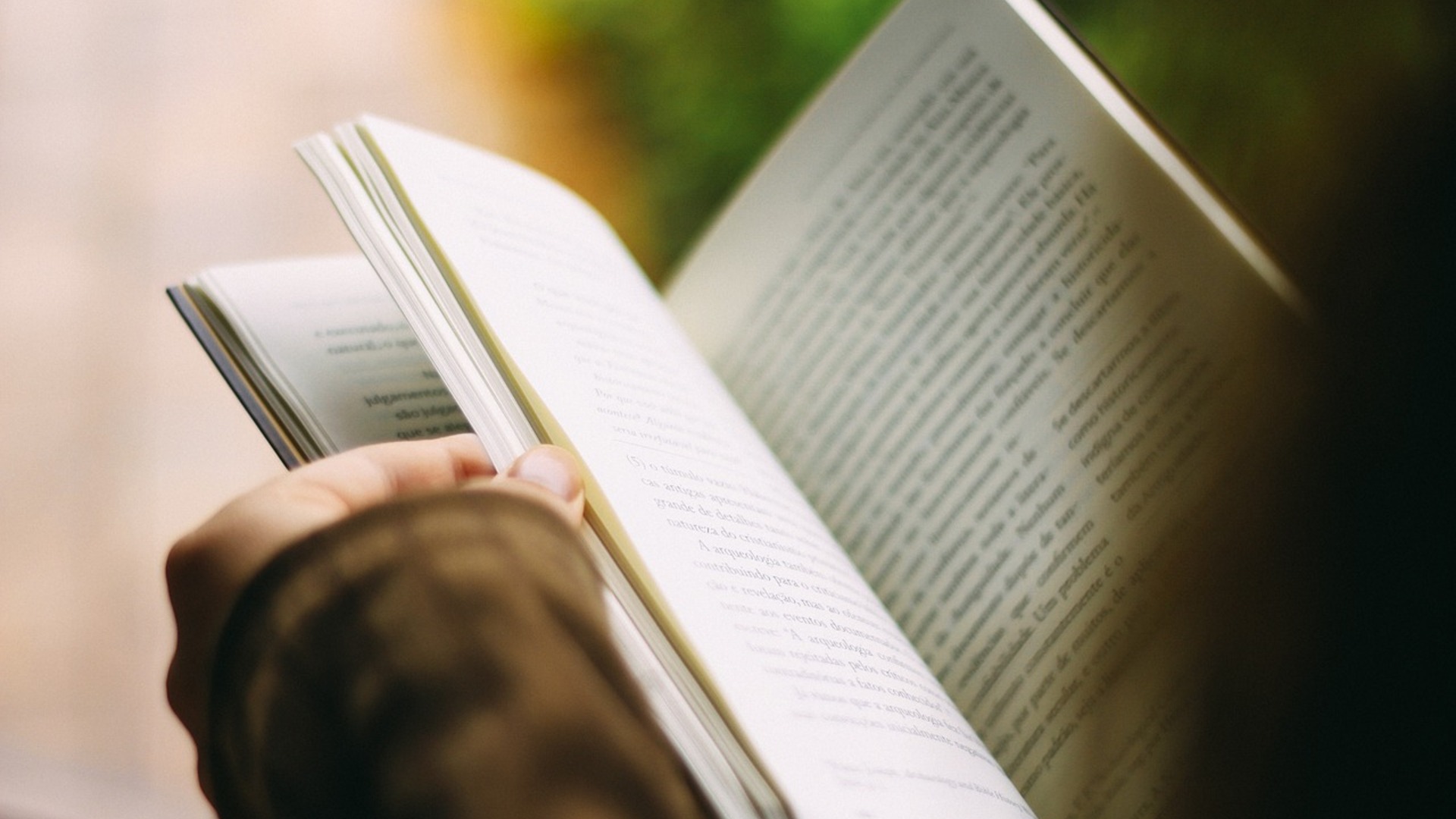
The Editing Company
Toronto, Ontario
RECENT POSTS
TEC Blog
Categories
Show All- Editing
- Grammar
- Usage
- Style
- Editor/writer
- Publishing
- Business
- Writing
- Writers support group
- Event
- Proofreading
- Copyright and permissions
- Usage
- Book reviews
- Editing new media
- Technology
- Books & libraries
- Ttc stories
- Editing & marketing
- Office happenings
- Social media & community
- Language & editing
- Social media
- Editing & marketing
- Indexing
- Book design
- Tec clients
- Guest blogger
- Creative women doing sixty
- Book clubs
- Books and reading
- Ebook technology & services
- Editing numbers
- Editing & technologies
- Opera, movies

6 Methods of Emphasizing Words and Ideas in Writing
by Michael Bedford
Published at 2020-11-18
Emphatic writing allows writers the opportunity to drive home the importance of letters, words, phrases, sentences, and ideas. Aside from mechanical considerations, such as italicization and CAPITALIZATION, there are six common methods that writers can use to give specific sections a bit more oomph.
More Space
The first of these is probably the most obvious method for emphasizing an idea: giving a specific topic lots of space on the page provides a strong cue to readers that this is a topic worthy of attention. I try to avoid this specific method of emphasis when I write, especially when I’m writing blog posts. Generally, giving a specific topic lots of textual attention often ends up boring readers rather than emphasizing any ideas.
More Detail
In much the same vein, providing lots of detail about a specific element in one’s writing provides a cue to readers that this element is noteworthy. Much like giving a topic lots of space on the page, providing lots of details, especially arguably extraneous ones, tends to bore readers so, rather than being overly descriptive, it’s better to be selective about which elements warrant a laser focus.
It’s All in the [Relevant] Details
Most readers can think of one or two authors that they would describe as providing detailed descriptions in their work. Margaret Atwood’s deft work at thematically relating descriptions in novels such as The Handmaid’s Tale and Alias Grace provides an example of this method of emphasis: rather than drowning the reader in details, Atwood’s descriptions provide subtle hints that certain specific elements of the text are worthy of extra attention; for example, things that are red in The Handmaid’s Tale, and her comparisons made to items commonly found in one’s cellar in Alias Grace.
“Repetition. I Repeat, ‘Repetition’”
Using repetition effectively in writing is tricky. Too little repetition and there’s a risk that readers won’t pick up on it. Too much repetition and writers run the risk of boring their readers. As a theatre student, the literary device known as “Chekhov’s gun” comes to mind when thinking about using repetition effectively. Much like Atwood’s thematic details, the subtle repetition of elements within a story such as the repeated inclusion of a gun or other weapon in a scene provides emphasis both upon the importance of that weapon and upon the importance of any given character using that weapon.
Developing Contrast
Setting contrasting textual elements in close proximity to each other in a piece of writing helps both elements stand out. Poe’s description of his halcyon days with his long-lost love Lenore, contrasted with the unsettling events the narrator suffers in The Raven, emphasizes these two elements of his poem while also giving them a nightmarish quality, likely because the two elements contrast so deeply. I find that, in my own writing, I most commonly contrast textual elements to provide emphasis. I prefer contrasting over other methods of emphatic writing because of how subtle and powerful a tool it can be.
That’s Quite the Arrangement
Somewhat more complicated than the above methods of writing emphatically, the rhetorical arrangement of words in a sentence also provides opportunities to create emphasis. Key positions of emphasis in most sentences are at their beginnings and at their ends. In the sentence, “The killer was right in front of me,” readers are provided a succinct and well-ordered piece of information. If one recasts the sentence to “Right in front of me was the killer,” the effect is different. By saving the subject of the sentence until its end, the writer creates a certain amount of suspense.
Where sentence arrangement is concerned, the type of emphasis the writer intends to place on an element is important. If a sentence is meant to emphasize the importance of a particular bit of information, it’s best to start with the subject. If the sentence is meant to emphasize the suspense or uncertainty surrounding a particular textual element, it’s generally better to leave the subject until the end.
Emphasizing Good Writing
The most engaging writers, of course, use all of these methods interchangeably, calling upon the most appropriate one for the job at hand. Of course, rather than any of the above methods of emphasis being superior to any other, the key to good emphatic writing is variety. And, by way of a purposeful bit of rhetorical arrangement at the end of this post, I’ll repeat that, “The key to good emphatic writing is variety.”
Michael Bedford is a freelance editor, copywriter, and performer living in Stoney Creek, Ontario. He can be reached at https://mgb-editor.com/.
Want more great writing tips? Sign up for our monthly e-newsletter: Sign-up here!




